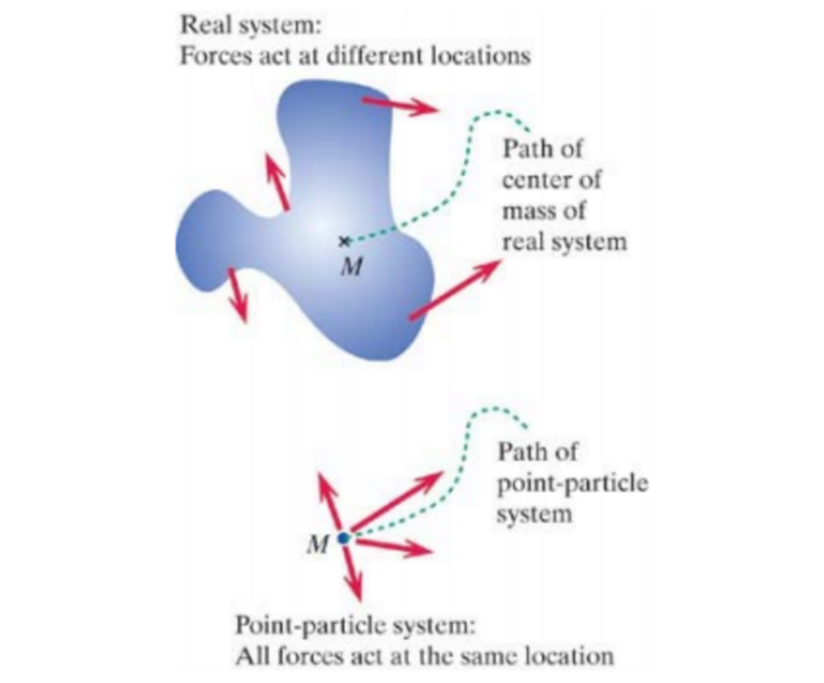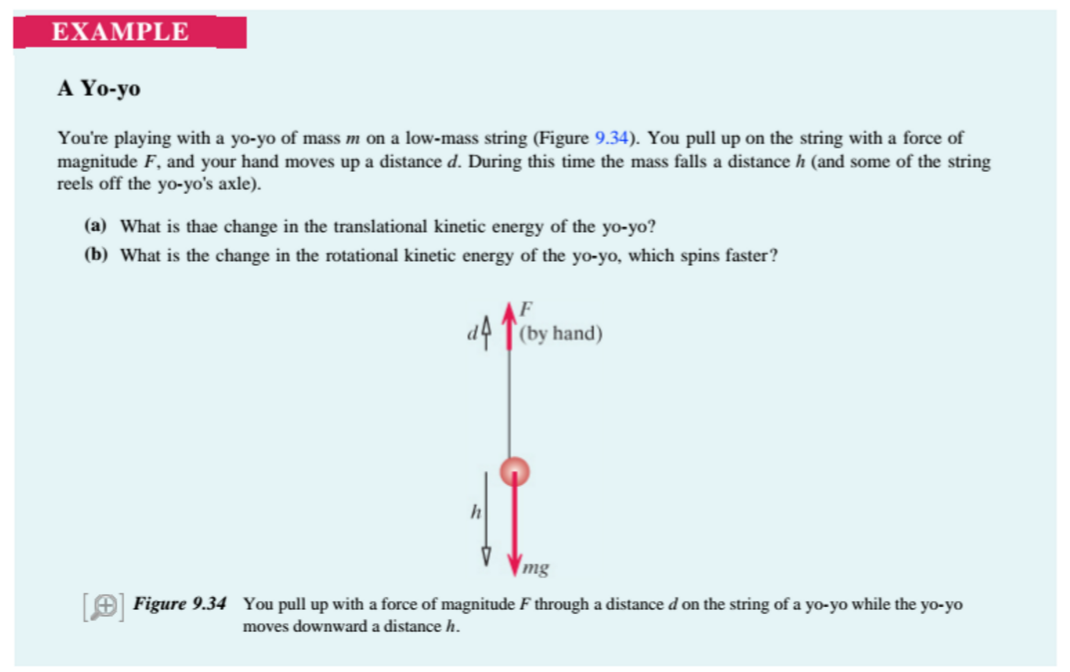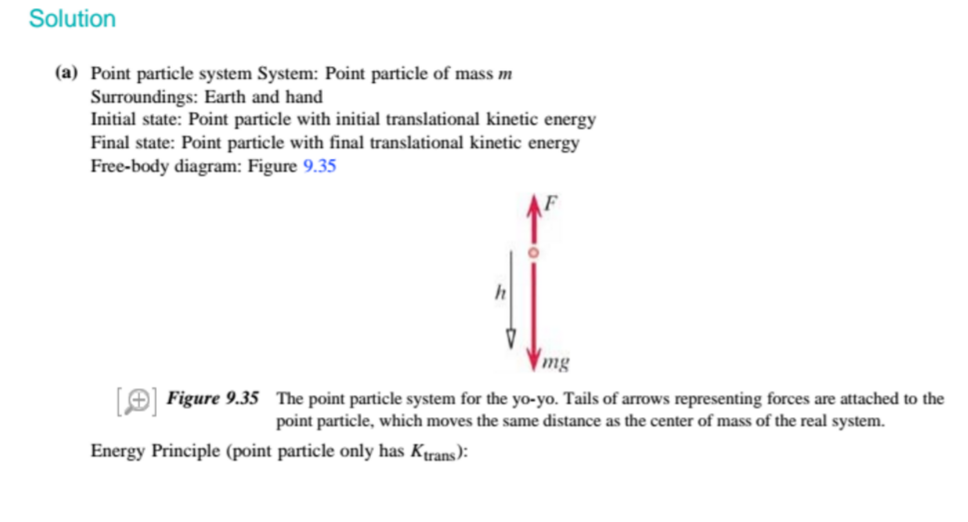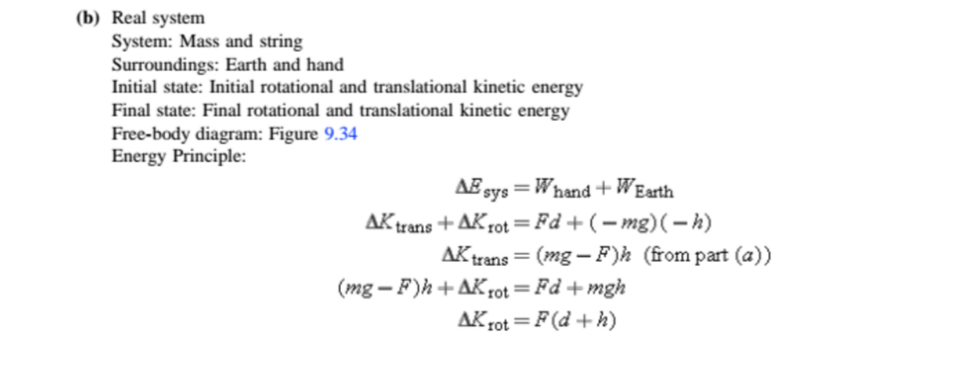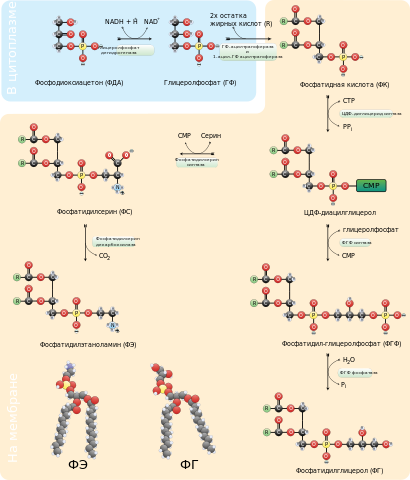Real Systems: Difference between revisions
Nfortingo3 (talk | contribs) |
Nfortingo3 (talk | contribs) |
||
| Line 52: | Line 52: | ||
== See also == | == See also == | ||
http://www.physicsbook.gatech.edu/Point_Particle_Systems | |||
===Further reading=== | ===Further reading=== | ||
Revision as of 20:27, 28 November 2015
This topic has been claimed by nfortingo3
The Main Idea
The main idea of this topic is to examine the interactions on the real system and differentiate it from a point particle system.
A Mathematical Model
The mathematical equations for these types of systems can vary, depending on what his happening within and on the system. However, typically there will always be some form of tranlational kinetic energy becasue the objects, or objects involved will move in some way displacing and conserving energy. The principle that will be used in real systems is the energy principle :
where E is the total energy of the system and W is the net work done from the surroundings. The sum of all the total energies in the system is the sum of the all the external forces(F) over a certain distance(d) within the system(Work). This is know as the Work done on the system. So the energy principles demonstrates that the energy of the system is equal to the work done by the system.
Examples
This is an example to differentiate between solving for both the point particle and real system
The Problem
Step 1: Solve for Point Particle System
In this part of the problem, when it the point particle is the only thing in the system, the only thing that can be solved for is the translational kinetic energy. Since there is only one thing in the system, there is no potential energy involved and the only thing the particle can do it move or translate. The forces acting on the point particle are equal in magnitude and direction to the real system. However, their is one key difference discussed in the next section
Step Two: Solve for Real System
Connectedness
How is this topic connected to something that you are interested in?
- This topic interest me because from one single particle you can mathematically determine the other form of energy that can occur in various physical interaction. In addition, being able to take a large complex interactions whether springs, gravitational potential or rotational energies are involved, you can solve and break down the interactions
How is it connected to your major?
- This topic is not directly connected to my major, but the underlying ideas connect very closely to my major. By first looking at a point particle we have a starting point to looking and breaking down a complex system. As a biochemist there are large complex biological systems that I will encounter in my studies.
While I may not be able to break everything down to one single point, starting off with the simplest path way to understand and comprehend the largest and most complex systems is a similar method to my topic. Like with real and Point particle systems, you start off with a simple point so that one part of the interaction can be understood, from there the rest of the system can be dissected and other interactions can be solved for. With biochemical system, understanding one path, than moving from their to larger paths will help you understand the whole system.
Is there an interesting industrial application?
- I do not really know if their is a physical industrial application that can be seen from looking at real and Point particle systems. However, the methodology and thought process behind looking at a real system can be applied to many problem solving situations.
See also
http://www.physicsbook.gatech.edu/Point_Particle_Systems
Further reading
Books, Articles or other print media on this topic
External links
References
Chabay, Ruth W., and Bruce A. Sherwood. "10." Matter & Interactions. N.p.: n.p., n.d. N. pag. Print.
Wiki Commons Picture
--Nfortingo3 (talk) 19:26, 28 November 2015 (EST)
